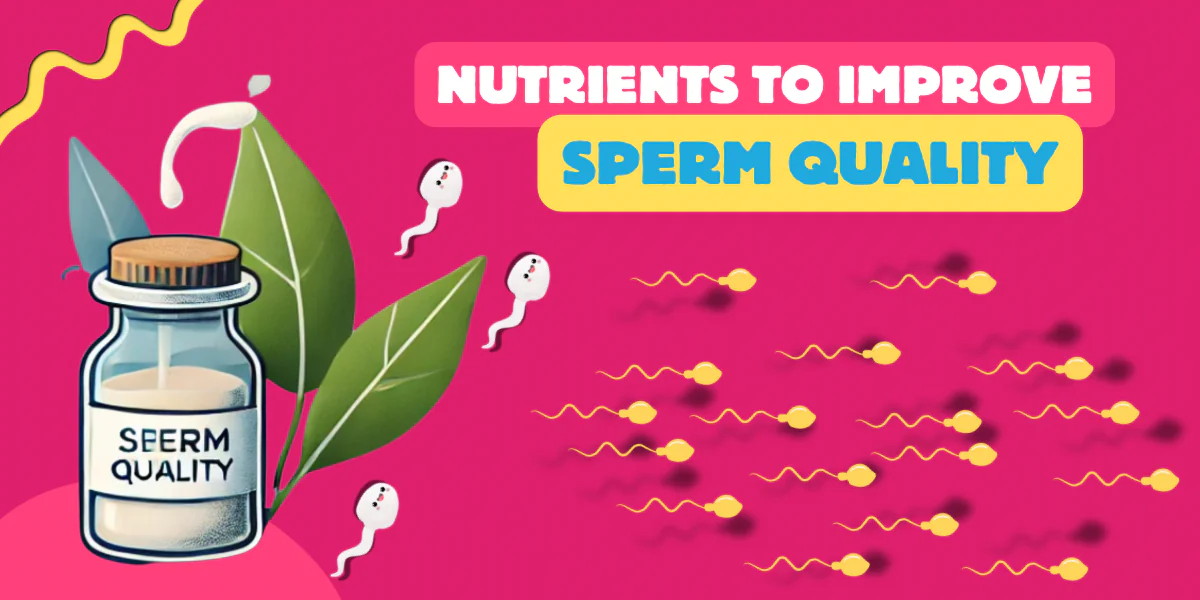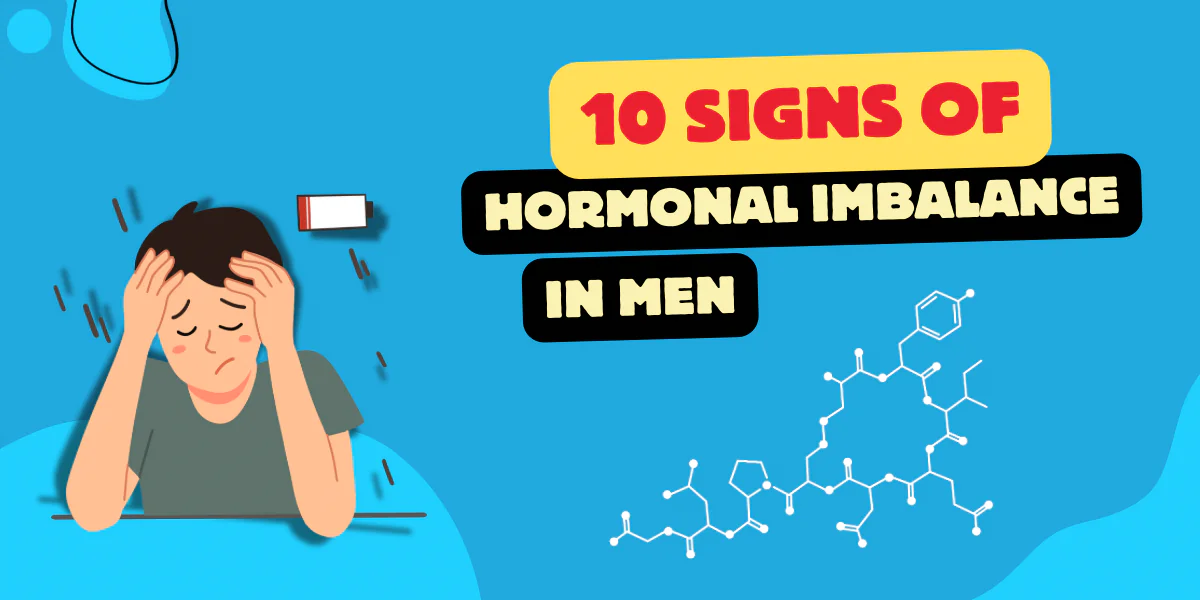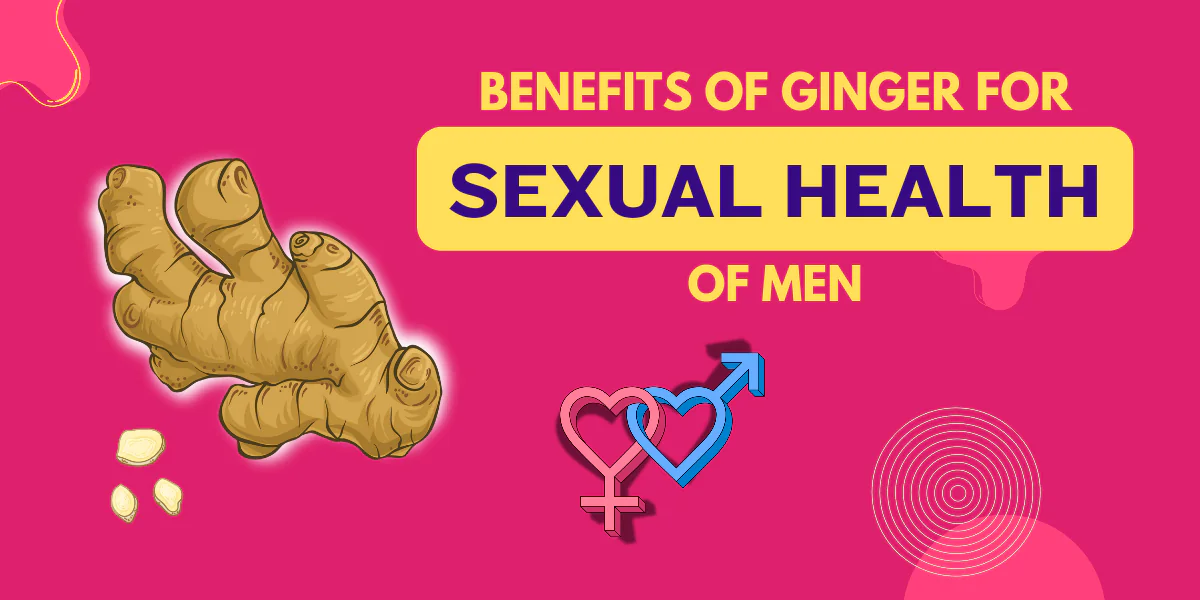Sexually transmitted diseases (STDs) can affect men without showing clear signs. However, understanding the symptoms of STDs in men can help with early detection, leading to timely treatment and better outcomes.
Why Recognizing STD Symptoms Early Matters
Early detection of STDs can prevent serious health complications, reduce transmission risk, and improve treatment effectiveness. Men may experience a range of symptoms depending on the type of infection. Here’s a look at the most common signs to watch out for.
1. Unusual Discharge from the Penis
One of the most noticeable signs of an STD in men is unusual discharge. It may be yellow, green, or white and could be thick or watery. This symptom is common in infections like gonorrhea and chlamydia.
- Associated STDs: Gonorrhea, Chlamydia
- When to Seek Help: If you notice any change in discharge, consult a healthcare provider immediately. Early treatment can prevent complications like urethritis (inflammation of the urethra).
2. Painful Urination
Burning or pain during urination can indicate an infection of the urinary tract, which might be related to an STD. This symptom is often due to inflammation caused by bacteria or viruses.
- Associated STDs: Chlamydia, Gonorrhea, Trichomoniasis
- When to Seek Help: If pain during urination persists for more than a day or is accompanied by other symptoms, get tested promptly.
3. Sores or Bumps on the Genital Area
Sores, blisters, or warts appearing around the genital area or anus could signal an STD. These lesions might be painful or painless, depending on the infection.
- Associated STDs: Genital Herpes, Syphilis, HPV (Human Papillomavirus)
- When to Seek Help: Any unusual growth or sore should be checked by a healthcare professional, as prompt diagnosis is crucial for effective management.
4. Swollen Lymph Nodes
Swollen lymph nodes, particularly in the groin area, are a response to infection. This swelling may be painful or tender and is a sign that the body is fighting off an infection.
- Associated STDs: Syphilis, HIV, Herpes
- When to Seek Help: If you notice persistent swelling in the lymph nodes, along with other symptoms, consider STD testing.
5. Pain During Sexual Activity
Pain during intercourse or ejaculation could be linked to an underlying STD, especially if it’s accompanied by other symptoms like discharge or sores.
- Associated STDs: Trichomoniasis, Gonorrhea, Chlamydia
- When to Seek Help: Persistent pain during sexual activity should prompt an immediate consultation with a healthcare provider to rule out infections.
6. Rashes or Itching
Rashes, itching, or irritation on the penis or around the genital area can be early signs of an STD. These may vary from mild to severe, depending on the type of infection.
- Associated STDs: Syphilis, Herpes, Scabies
- When to Seek Help: Persistent rashes or itching that doesn’t improve within a few days should be evaluated by a medical professional.
7. Fever and Flu-like Symptoms
Certain STDs, especially viral ones like HIV and herpes, can present with flu-like symptoms such as fever, body aches, and fatigue.
- Associated STDs: HIV, Herpes
- When to Seek Help: If flu-like symptoms occur alongside other STD symptoms, it’s critical to seek medical advice for proper testing and treatment.
Additional Warning Signs to Watch For
- Lower abdominal pain
- Testicular pain or swelling
- Rectal discomfort or bleeding
- Unexplained weight loss or night sweats (linked to HIV)
When to Seek Medical Attention
If you experience any of the symptoms listed above, it’s crucial to consult a healthcare provider. Early diagnosis and treatment can prevent complications, ensure timely management, and reduce the risk of spreading the infection to partners.
Key Takeaways
- Don’t Ignore Symptoms: Even mild symptoms could be warning signs of an STD.
- Get Tested Regularly: Regular STD screening is essential for sexually active men, especially those with multiple partners.
- Safe Sex Practices: Use condoms and maintain open communication with partners to reduce the risk of STDs.
By understanding and recognizing symptoms of STDs in men, you can take proactive steps to protect your health and well-being. Stay informed, get tested regularly, and consult healthcare professionals when needed for better sexual health.
Medical Disclaimer: This article is for informational purposes only and is not a substitute for professional medical advice. Always consult with a healthcare provider for personalized recommendations.




















